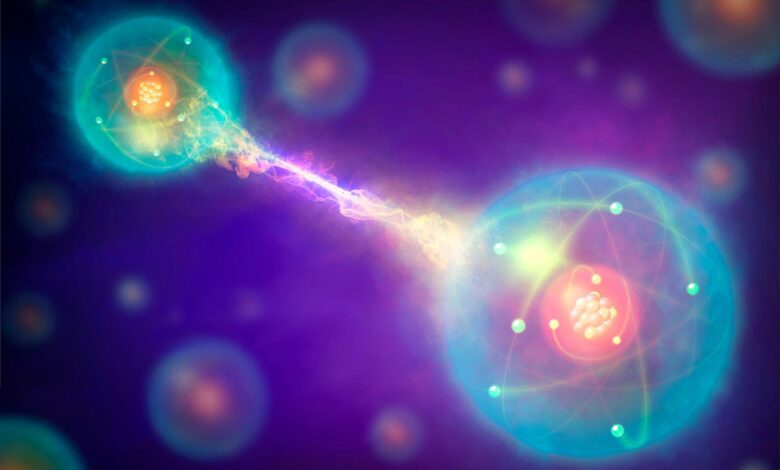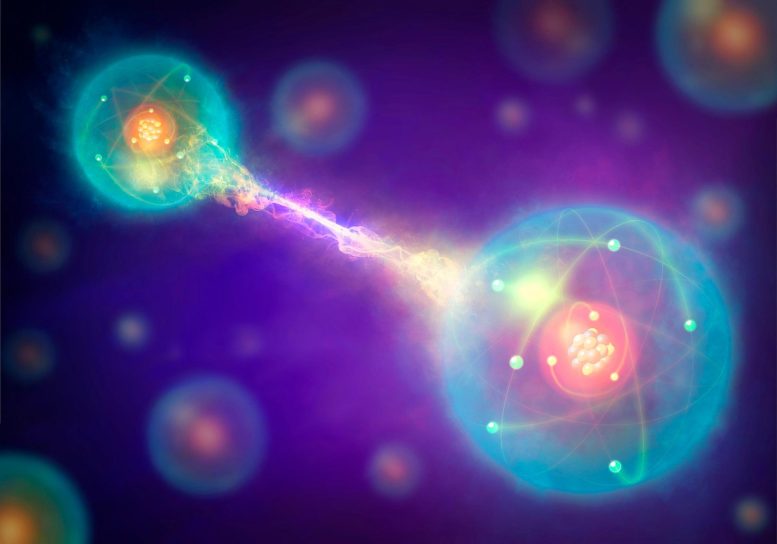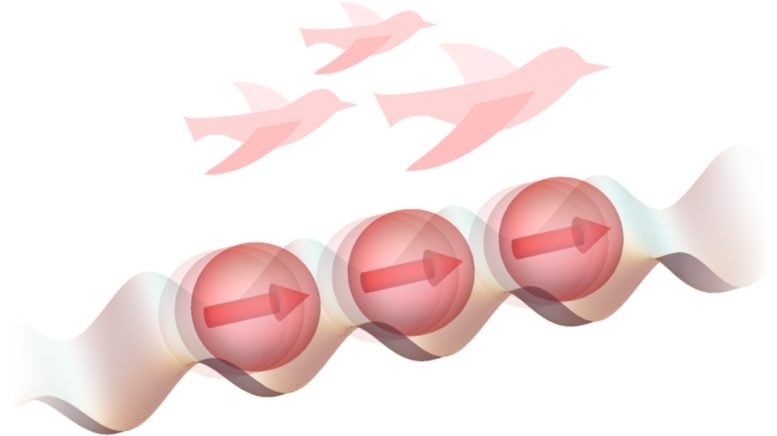Researchers Unveil New Magnetic Properties in Quantum Systems


Researchers at the University of Tokyo and RIKEN have discovered that ferromagnetism can be induced by increasing particle motility in quantum systems, where repulsive forces between atoms maintain the order.
Research reveals a new method of establishing order in quantum systems, potentially benefiting quantum technology advancements.
Researchers Kazuaki Takasan and Kyogo Kawaguchi from the University of Tokyo, along with Kyosuke Adachi from RIKEN, Japan’s largest comprehensive research institution, have shown that ferromagnetism, an ordered state of atoms, can be induced by increasing particle motility and that repulsive forces between atoms are sufficient to maintain it.
The discovery not only extends the concept of active matter to quantum systems but also contributes to the development of novel technologies that rely on the magnetic properties of particles, such as magnetic memory and quantum computing. The findings were published in the journal Physical Review Research.
Flocking birds, swarming bacteria, cellular flows. These are all examples of active matter, a state in which individual agents, such as birds, bacteria, or cells, self-organize. The agents change from a disordered to an ordered state in what is called a “phase transition.” As a result, they move together in an organized fashion without an external controller.
“Previous studies have shown that the concept of active matter can apply to a wide range of scales, from nanometers (biomolecules) to meters (animals),” says Takasan, the first author. “However, it has not been known whether the physics of active matter can be applied usefully in the quantum regime. We wanted to fill in that gap.”

Schematic picture of activity-induced ferromagnetism in quantum active matter. Here, moving atoms with spins exhibit the ferromagnetic order (i.e., aligning in one direction) like a flock of birds depicted above. Credit: Takasan et al 2024
Quantum Model Mimicking Natural Phenomena
To fill the gap, the researchers needed to demonstrate a possible mechanism that could induce and maintain an ordered state in a quantum system. It was a collaborative work between physics and biophysics. The researchers took inspiration from the phenomena of flocking birds because, due to the activity of each agent, the ordered state is more easily achieved than in other types of active matter. They created a theoretical model in which atoms were essentially mimicking the behavior of birds. In this model, when they increased the motility of the atoms, the repulsive forces between atoms rearranged them into an ordered state called ferromagnetism. In the ferromagnetic state, spins, the angular momentum of subatomic particles and nuclei, align in one direction, just like how flocking birds face the same direction while flying.
“It was surprising at first to find that the ordering can appear without elaborate interactions between the agents in the quantum model,” Takasan reflects on the finding. “It was different from what was expected based on biophysical models.”
The researcher took a multi-faceted approach to ensure their finding was not a fluke. Thankfully, the results of computer simulations, mean-field theory, a statistical theory of particles, and mathematical proofs based on linear algebra were all consistent. This strengthened the reliability of their finding, the first step in a new line of research.
“The extension of active matter to the quantum world has only recently begun, and many aspects are still open,” says Takasan. “We would like to further develop the theory of quantum active matter and reveal its universal properties.”
Reference: “Activity-induced ferromagnetism in one-dimensional quantum many-body systems” by Kazuaki Takasan, Kyosuke Adachi and Kyogo Kawaguchi, 26 April 2024, Physical Review Research.
DOI: 10.1103/PhysRevResearch.6.023096



